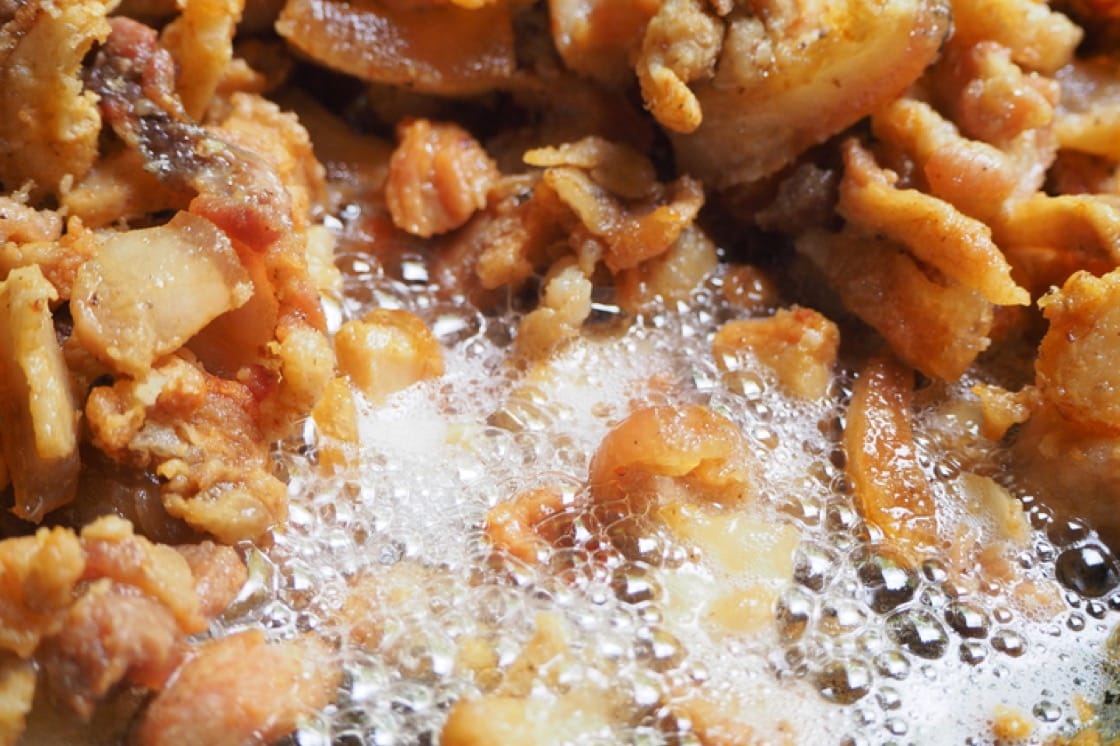Lard vs Shortening: Decoding the Health and Culinary Myths
– Lard is made from melted pork fat and can be rendered, leaf, or processed.
– Lard has a creamy white color and semi-soft texture.
– Lard melts at temperatures between 95°F to 115°F.
– Processed lard, also known as hydrogenated lard, is shelf stable and solid with a slightly porky flavor and scent.
– Leaf lard, made from the visceral fat around the pig’s kidneys, has a neutral flavor and is favored for creating a flaky and delicate dough.
– Bacon grease is not the same as lard and is better suited for savory preparations.
– Shortening is made from hydrogenated vegetable oils.
– Shortening was popularized by Procter & Gamble in 1911 with the creation of Crisco.
– Shortening is made from soybean, cottonseed, palm oil, or a combination.
– Shortening is 100% fat and comes in four types: solid, liquid, all-purpose, and cake.
– Shortening does not require refrigeration and is shelf stable.
– Margarine is made from vegetable oil and contains unsaturated fat.
– Butter adds moisture, richness, and flavor to baked goods.
– Butter contains 80% fat and can be used interchangeably with margarine.
– Home cooks often combine butter with lard or shortening for a flaky crust with rich flavor.
